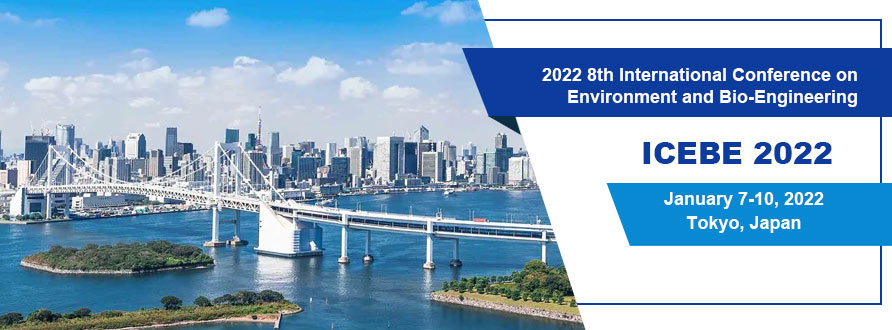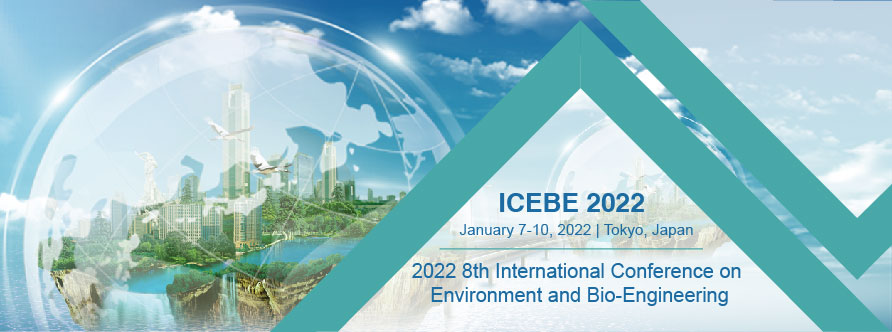Previous Keynote Speakers

Prof. Hans-Uwe Dahms
Kaohsiung Medical University, Taiwan
Dr. Hans-Uwe Dahms is a professor at Kaohsiung Medical University. He is interested in stress responses in general and within aquatic systems in particular. He, his colleagues and students integratively study pollution and the toxicology of stressors from physical, chemical, and biological sources. He is equally interested in climate change, the spread of diseases, antibiotic-resistance, food and drink safety from water sources, and integra-tive approaches in environmental and public health monitoring, risk assessment and management. He advised more than 25 Ph.D. students in their research and published more than 275 papers in scientific journals. He served as a reviewer for more than 70 SCI journals, as editorial board member of 12 reputed scientific journals, academic editor of PLosONE, and as editor in chief of FRONTIERS in Marine Pollution.
Speech Title: "Which Toxicity Evaluations Provide Better Risk Assessments–in situ, in vivo, in vitro, or in silico?"
Abstract: Describing the toxicological profile of a substance is the first step required for risk assessments. Among a wide range of approaches are in vitro methods widely used to characterise toxicological properties including toxicokinetics with regulatory acceptance mainly confined to in vitro tests which investigate genotoxic endpoints. Chemoinformatics refers to in silico approaches that make use of computer applications or computer simulations. In silico predictive models generally provide fast and economic screening tools for compound properties. They allow a high throughput and a constant optimization. They are less expensive, less time consuming, have a high reproducibility, and reduce experimental efforts. Computational approaches can also prioritize chemicals for their toxicological evaluation in order to reduce the amount of costly in vitro and ethically problematic in vivo toxicological screenings, and provide early alerts for newly developed substances. Limitations include that ADME aspects (absorption, distribution, metabolism, and excretion – which are basic pharmacokinetic descriptors) are difficult to consider. The programs, descriptors, and applicabilities are sometimes not clear. In addition are carcinogenicity predictions only possible when genotoxic compounds are considered. An approach is developed here that selects appropriate methods in a multiple weight of evidence.

Prof. Jiann-Shing Shieh
Yuan Ze University, Taiwan
Jiann-Shing Shieh received the B.S. and M.S. degrees in chemical engineering from National Cheng Kung University, Taiwan, in 1983 and 1986, respectively, and the Ph.D degree in automatic control and systems engineering from The University of Sheffield, U.K. in 1995. He is currently a Professor with the Department of Mechanical Engineering, also a Joint Professor with the Graduate School of Biotechnology and Bioengineering, and also serves as the Dean of the College of Engineering, Yuan Ze University, Taiwan. His research interests are focused on biomedical engineering, particularly in bio-signal processing, intelligent analysis and control, medical automation, pain model and control, critical care medicine monitoring and control, dynamic cerebral autoregulation research, and brain death index research.
Speech Title: "Intelligent Signal Processing in Autonomous Systems for Healthcare Monitoring and Control"
Abstract: Recently, significant developments have been achieved in the field of artificial intelligence (AI), in particularly the introduction of deep learning technology that has improved the learning and prediction accuracy to unpresented levels, especially when dealing with big data and high-resolution images. Significant developments have occurred in the area of medical signal processing and healthcare monitoring such as vital biological signs for biomedical systems which are carried out by instruments that generate large data sets, in addition to the growth in population that has resulted in big data sets that require artificial intelligence techniques to analyse and model. Hence, we propose an autonomous system (including not only monitoring sensors from patients, but also modelling, critic, fault detection, and specification algorithms for patients) which will be the key driving factor of future healthcare concepts, and together with internet of things (IoT), AI, big data analysis, edge computing, fog computing, and cloud computing. Definitely, it will open a new era of intelligent signal processing in autonomous systems for healthcare monitoring and control.


